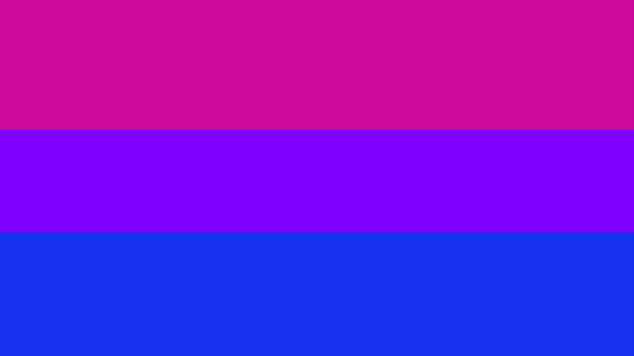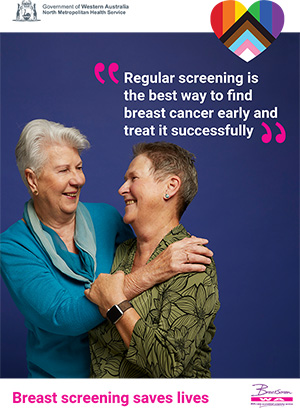
March is Bisexual Awareness Month, a dedicated time to promote cultural acceptance of the bisexual community as well as a moment to put greater focus on advocating for bisexual rights. It’s also a focal point for talking about bisexual health.
There are strong indicators that more people in society are comfortable describing themselves as bisexual, especially younger people.
US survey shows a growing number of young people identify as bisexual.
A survey released by Gallup last week revealed that the number of people in the USA identifying as gay, lesbian, bisexual or transgender is increasing. According to the study 5.6% of U.S. adults identifying as LGBT. The current estimate is up from 4.5% in the previous study conducted in 2017.
More than half of LGBT adults in the survey of 15,000 people over the age of 18 identify as bisexual (54.6%). About a quarter (24.5%) say they are gay, with 11.7% identifying as lesbian and 11.3% as transgender. An additional 3.3% volunteer another non-heterosexual preference or term to describe their sexual orientation, such as queer or same-gender-loving. Respondents can give multiple responses when describing their sexual identification; thus, the totals exceed 100%.
Rebasing these percentages to represent their share of the U.S. adult population finds 3.1% of Americans identifying as bisexual, 1.4% as gay, 0.7% as lesbian and 0.6% as transgender.
The survey also found that among Generation Z, those born between born 1997-2002, the most common sexual identity people report is bisexual with 11.5% of people in the category.
A time to focus on health and wellbeing of people who are bisexual.
Bisexual Awareness month is an initiative of the Boston based Bisexual Resources Center, the oldest organisation of its kind in the USA.
This year’s campaign will centre on equity. Organisers highlight that equity is achieved when the unique needs of our diverse bi+ community have been met, and discrimination against bisexual people of colour, transgender, and disabled members of the bi+ community has been eliminated.
“The bisexual+ community makes up the majority of the LGBTQ+ community and experiences significantly higher rates of physical, sexual, social, and emotional violence and disparities than gay and straight people, as well as worse physical, mental, and social health. These health disparities are even worse for bi+ people of color and trans people.” the group noted in it’s announcement of events for 2021.
Belle Haggett Silverman, President of the Bisexual Resource Center says there needs to be more research into the lives of bisexual people so people can lead full and happy lives.
“Although bisexual+ people are the majority of the LGBTQ+ community, we don’t benefit from the same research, resources, or attention as our gay or straight peers,” Haggett Silverman said. “At work, at school, and at the doctor’s office, our needs are often overlooked, creating serious challenges to our health and well-being. This year, #BiHealthMonth invites our supporters to help us build a healthier, happier, and more equitable future for everyone in our diverse bisexual+ community.”
Connect with local Bi+ Community
Bi+ Community Perth is a safe place for people who are not gay or straight to engage in respectful discussion, connect with people, and form community online. There are also regular opportunities to connect in person, including events. You can join the Bi+ Community Perth group by going directly to their Facebook page.
Celebrate Bisexuality throughout the year.
This month is not the only spot on the calendar that celebrates people who are bisexual, you can also mark in your diary, Bisexual Awareness Week in September, which cumulates with Bisexual Day on 23rd September.
OIP Staff

Love OUTinPerth Campaign
Help support the publication of OUTinPerth by contributing to our
GoFundMe campaign.





